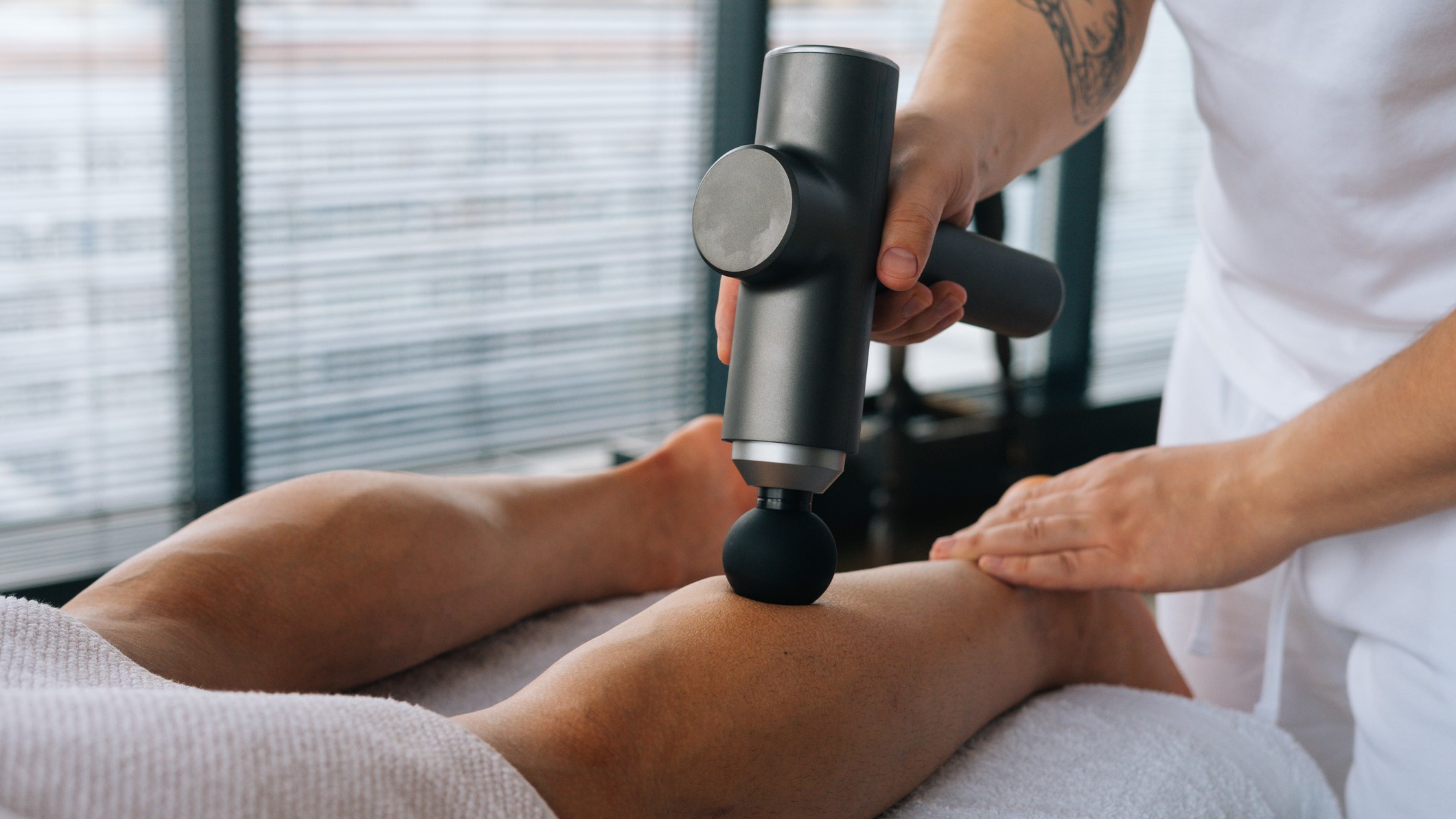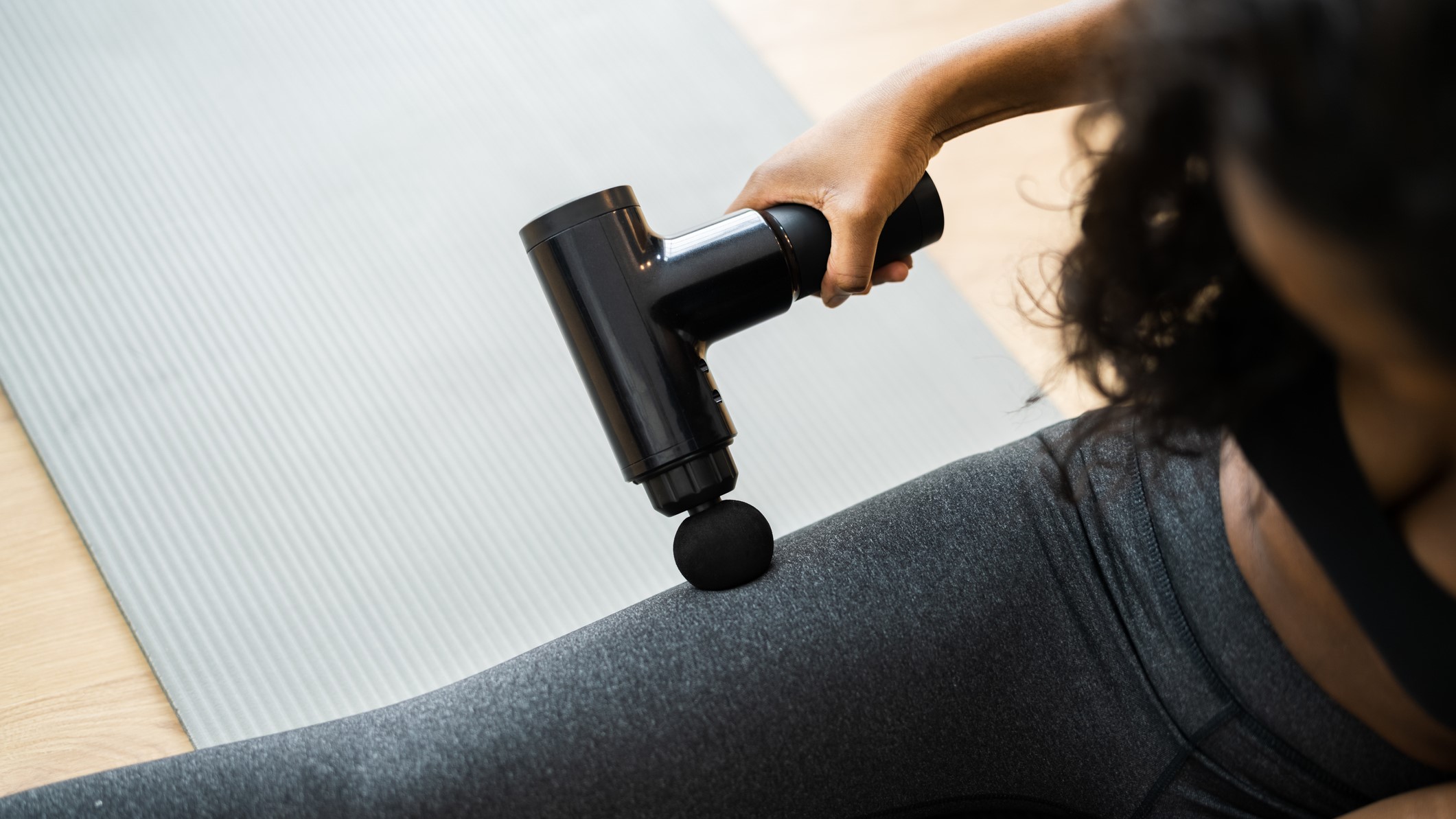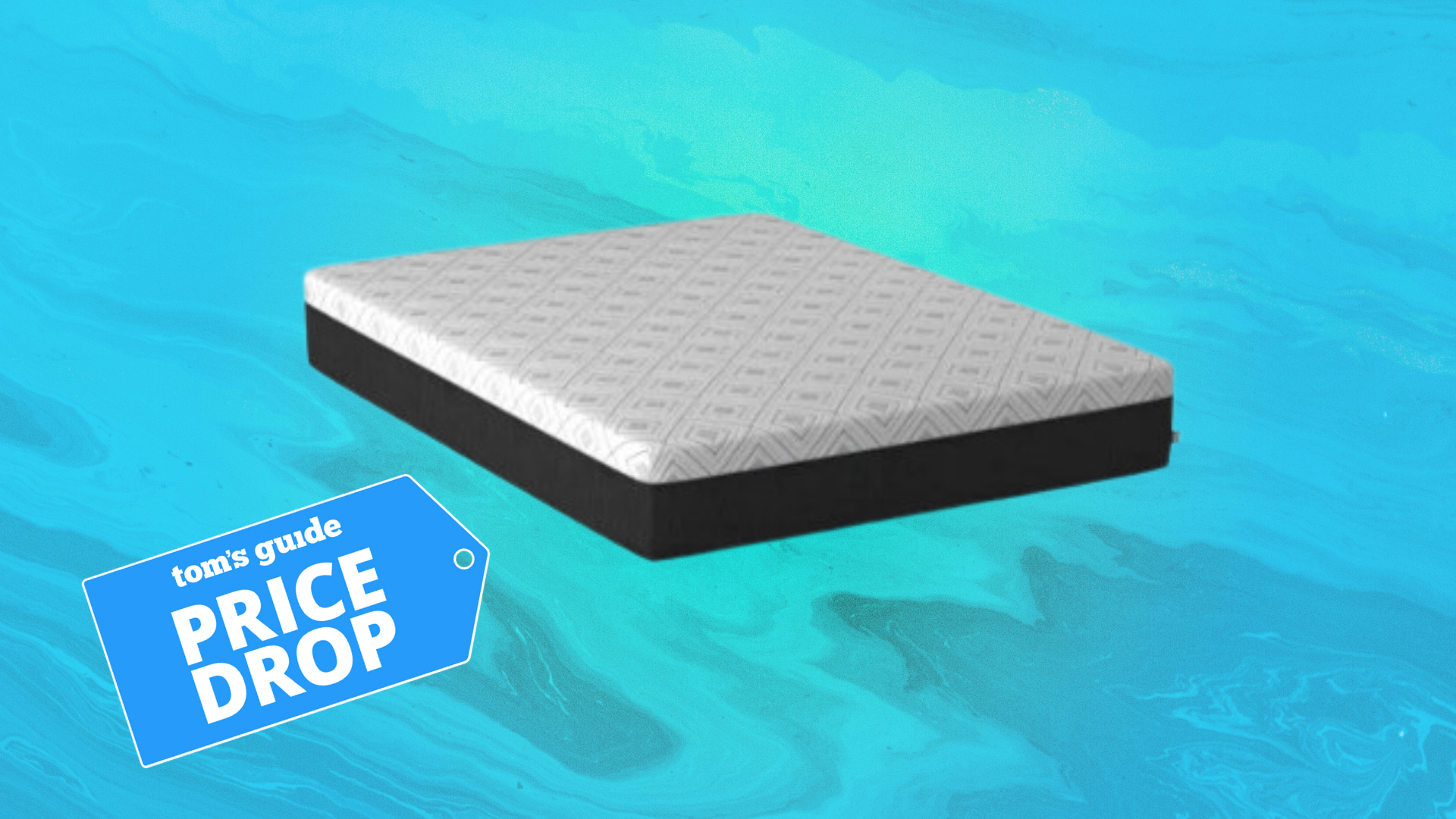When you shouldn’t use a massage gun
Massage guns are a great fitness tool, but there are times when usage should be avoided

Massage guns have gained in popularity, and for good reason — they can help you perform better, recover quicker, and sleep like a champ. But are there times when you shouldn’t use a massage gun?
The best massage guns use quick, motor-powered percussive motion to relieve tension, increase blood flow, and lengthen muscle tissue. Adding them to your exercise routine, as either a part of your warm-up or cool down, could make the difference between waking up stiff and sore (or worse, injured) and waking up ready to tackle the day.
However, massage guns aren’t appropriate for all bodies or situations. Skip the massage gun under these circumstances:
Broken bones
Not using massage guns directly on a broken bone (or any bone) is a bit of a no-brainer, but you should also avoid using them around areas where a bone is healing. The significant force that a massage gun produces can cause damage to the vulnerable joint or bone, increasing the chances of re-injury.
If your broken or healing bone is near a spot that you treat regularly, speak with your doctor or physical therapist about an appropriate time to reintroduce massage gun usage.
Sprains or strains
Sprains and strains often present with the same symptoms — pain, sometimes swelling or bruising, and a restricted range of motion — but they are different injuries. A sprain is the result of ligaments being stretched beyond their intended range (like “rolling your ankle”), whereas a strain happens when muscle tissues or tendons are over-extended (commonly referred to as a “pulled muscle”).
Usually sprains and strains are painful enough that the thought of using a massage gun would seem torturous, but just in case you need some extra motivation: forceful vibration can cause more damage to healing tissues in the acute stages of an injury. Massage guns should be avoided in the immediate aftermath of a sprain or strain.
Get instant access to breaking news, the hottest reviews, great deals and helpful tips.
According to this study, vibration therapy can actually be helpful for strains as part of a comprehensive recovery protocol, but you should always work closely with a trained medical professional and follow their guidance.

Inflammatory injuries
One of the many benefits of massage gun usage is increased blood flow to the treated area, which can result in temporary inflammation. In most cases, this isn’t a bad thing — your blood is bringing in nutrients and removing toxins, and inflammation is a healing response. However, when you're already dealing with an inflammatory injury (like tendonitis, bursitis, and fasciitis), increasing inflammation in the affected area could also increase your pain and ultimately delay your recovery.
Use massage guns with caution if you’ve got an ailment that ends with “‘itis.” As always, your best bet is to consult a doctor before you try percussive therapy.
Certain areas of the body
Massage guns are great for tight muscles and connective tissues, but they aren’t so great for your organs, bones, or spine. These areas are much more susceptible to injury from the blunt force that a massage gun produces, so steer clear of bony protrusions (like your hip bones, knee joints, or rib cage), your kidneys (which are close to the surface of your skin and not as protected by muscle and other tissues), and your spinal column (where sensitive discs, nerve roots, and the spinal cord can be damaged).
Inflammatory medical conditions
Remember that massage guns can cause inflammation, so you should avoid using them if you have an inflammatory medical condition such as Crohn’s disease, ulcerative colitis, rheumatoid arthritis, or certain cancers — you don’t want to increase inflammation when your body is already in an inflamed state.
A diagnosis of this sort doesn’t necessarily mean you have to ditch your massage gun altogether, but speak with your doctor before beginning a percussive therapy routine.
Other medication conditions
Massage gun usage isn’t recommended for those with hypertension (high blood pressure), peripheral artery disease, moderate to severe varicose veins, a history of deep vein thrombosis, osteoporosis, muscle disorders like muscular dystrophy, or autoimmune diseases like multiple sclerosis and lupus. While the vibrations from a massage gun can feel good, the intensity of the percussive motion can worsen symptoms.
Again — if you’ve been diagnosed with one of these conditions, it doesn’t automatically mean that massage guns are totally off-limits. Clear it with your medical team before using one.

Jennifer Rizzuto is a freelance writer and certified personal trainer based in Long Island, NY. She covers various fitness-related topics and reviews for Tom's Guide. She also writes sketch comedy and short films, and performs frequently as an actor, singer, and improviser. When she's not writing, working out, or performing, you'll find her trying to convince her husband to get a dog.
